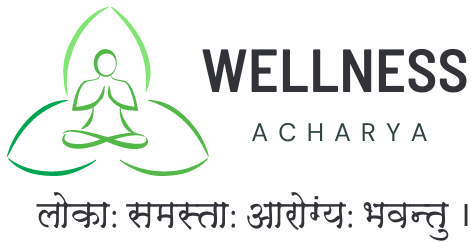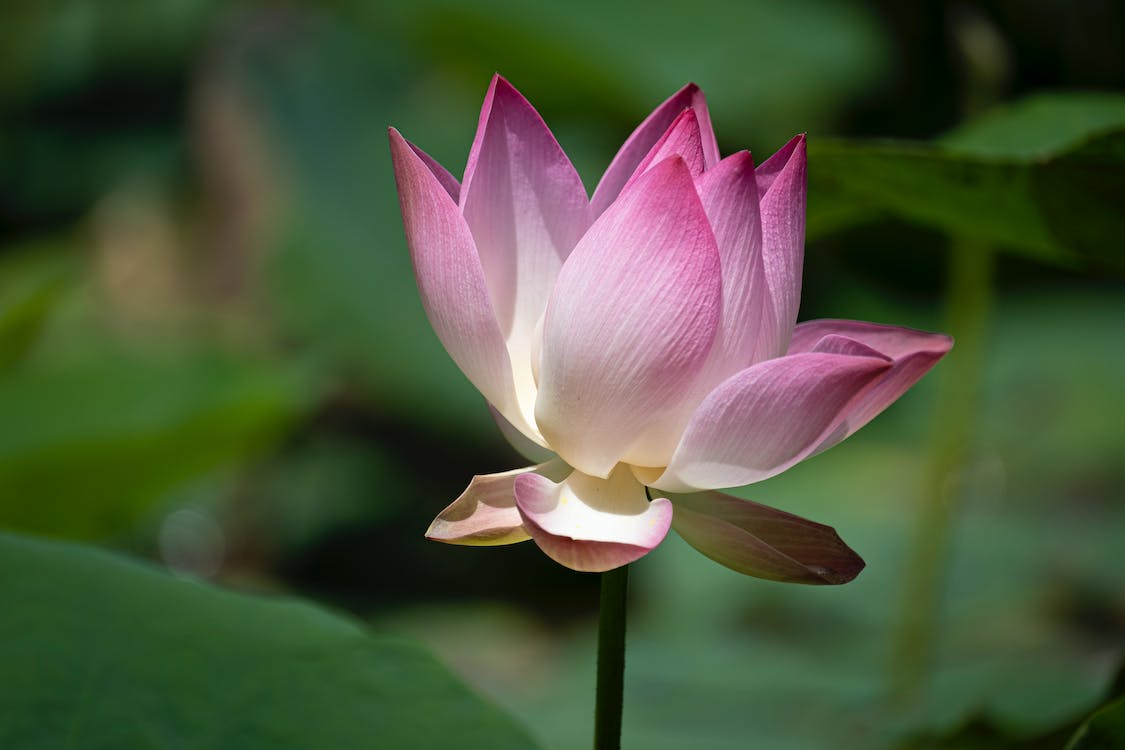CONCEPT OF BANDHA IN YOG
Bandhas are physical and subtle ‘locks’ that protect and channel your prana (life energy) in the right direction
Physically, a bandha is applied by pulling in and tightening a specific sphincter, a ring-like muscle that opens or closes a passage in the body by contracting or relaxing. There are 60 sphincter muscles in the body. You’re probably most familiar with the one that controls the clearance of food from the esophagus into the stomach and the one that regulates the release of waste from your body.
For the three main bandhas in yoga, three sphincter muscles are involved, the anal sphincter for applying mula bandha, the naval sphincter for uddiyana bandha, and the upper esophageal sphincter for jalandhar bandha. When we apply these three bandhas at once, they combine to form the Maha Bandha.
Applying the Bandhas
Apply bandhas only after completing a round of pranayama. We do this because you must pull in the sphincter and hold your breath, which may be very complicated to perform while doing other asana. Here’s your step-by-step guide to applying the four bandhas.
- Sit in Vajrasana comfortably and relaxed. We recommend Vajrasana pose as it ensures your spine is erect and the prana moves through the channels smoothly and without obstruction.
- Make fists with both hands, placing the thumbs inside the fists.
- Bring the closed fists together and place them against each other tight.
- Turn over the fists and place them near your groin.
- Holding this position, take a deep breath in and straighten the spine.
- Holding your breath, pull in the anal sphincter first, applying mula bandha (root lock), followed by pulling in or sucking in the naval up and applying uddiyana bandha (abdominal lock), then drop your chin to touch the top of the sternum for jalandhara bandha (chin lock).
For you to understand better, when we say you need to pull in the anal sphincter muscle, it is very similar to how you will tighten your pelvic floor muscles and anal sphincter when you need to go pee but find the washroom occupied.
- After a few seconds, when you feel complete, raise your head (this will release the jalandhara bandha) and gently breathe out.
- While breathing out, slowly release the naval and then the anal sphincter.
Benefits of Bandhas:
- Stimulation of all the essential glands and organs in the body in the three regions with each bandha.
- When mula bandha is applied, it works the pelvic floor muscles. According to an Indian study, women with ‘symptomatic mild pelvic organ prolapse in the yoga group were offered Mulabandha yoga therapy along with other conventional treatment modalities, while the control group was only on conventional treatment.’ Women who practiced mula bandha reported lower pelvic floor distress and severity of symptoms.
- When uddiyana bandha is applied, it activates the digestive organs, liver, and spleen, and improves their vitality.
- When jalandhar bandha is applied, it works on the organs of maintenance and sustenance, like the lungs and heart, and energizes them.
- Bandhas also regularize and improve blood circulation in the body, by bringing it almost to a pause for a few seconds when the locks are applied.
- Bandhas are known to stimulate and activate the chakras or main energy centers. These chakras are also emotion centers. When the prana is flowing in the upward direction through these chakras, we experience positive emotions from the activation of these chakras. But if the prana is flowing in the downward direction, we experience negative emotions or feel low on energy.
So when chakras are activated, they also have us experience the positive emotions associated with each chakra. When the chakras are regularly activated and cleansed with bandhas, the prana flow becomes smoother and more robust, thus giving you more vitality and strength. Clearing of energy blockages and activated chakras also indicate lower stress, more harmony, and inner peace.

